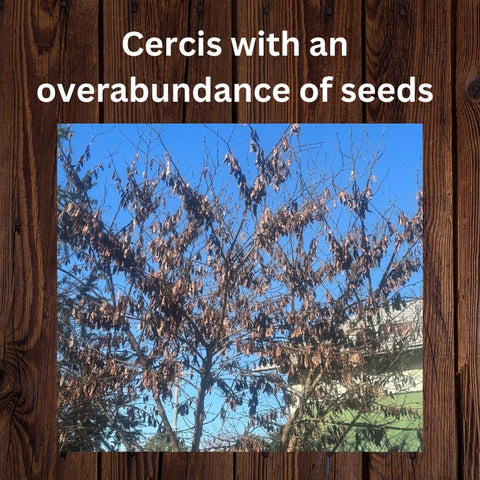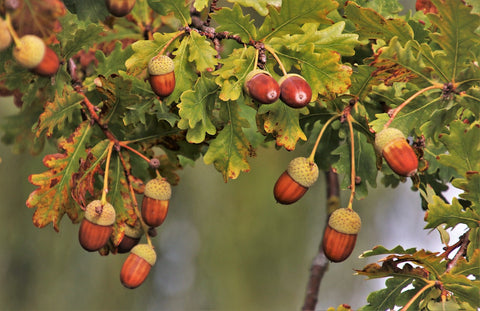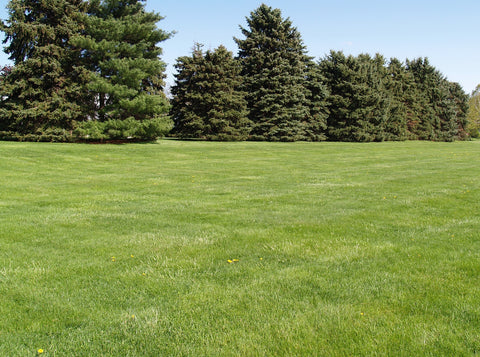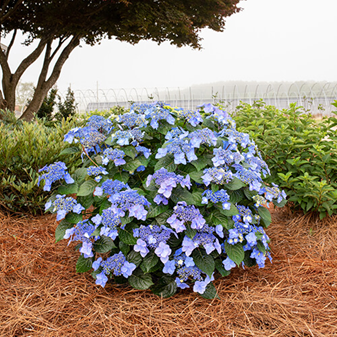In the natural world, trees have a fascinating reproductive phenomenon known as masting. Masting is the synchronized and sporadic production of a large crop of seeds by a population of trees. This intriguing phenomenon has puzzled scientists for years, and in this blog, we'll explore the mysteries behind when and why trees mast.
Understanding Mast Years
Mast years are characterized by a bumper crop of seeds produced by certain tree species, occurring periodically and often unpredictably. Instead of producing a consistent number of seeds every year, trees in a mast year synchronize their reproductive efforts, leading to an abundance of seeds.
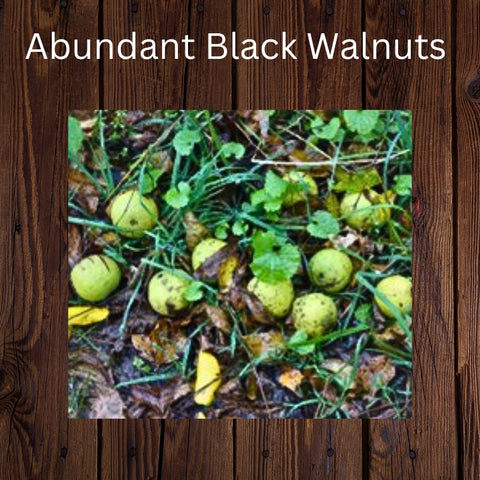
From Cindy King's yard - black walnuts dropping in abundance in 2023
When Do Trees Mast
The timing of mast years varies among tree species, and even individual trees within the same species may not mast simultaneously. However, certain patterns have been observed:
- Long Intervals: Mast events typically occur at irregular, long intervals, often spanning several years. Some tree species may mast every 2-5 years, while others might have mast events separated by a decade or more.
- Climate and Weather Factors: Environmental conditions play a crucial role in triggering mast events. Factors such as temperature, precipitation, and sunlight influence a tree's decision to invest in a massive seed production effort.
- Resource Availability: Trees need ample resources to produce an abundance of seeds. A tree might decide to mast when it has accumulated sufficient energy reserves and when environmental conditions are favorable for seedling survival.

From Cindy King's yard - Holly tree with more berries than usual for 2023
Why Do Trees Mast
The reasons behind masting are complex and multifaceted. While scientists haven't pinpointed a single explanation, several theories attempt to shed light on this intriguing behavior:
- Satiation of Seed Predators: One leading theory suggests that masting is a strategy to overwhelm seed predators. By producing an excess of seeds in mast years, trees can satiate seed-eating animals, ensuring that enough seeds survive and germinate.
- Synchronization for Pollination: Another hypothesis proposes that masting is a mechanism for synchronizing flowering and seed production to maximize successful pollination. This synchronization may increase the chances of cross-pollination, leading to genetic diversity.
- Weather-Triggered Reproduction: Environmental cues, particularly weather patterns, are believed to be triggers for mast events. Trees could be using weather conditions as indicators of favorable circumstances for seedling establishment or adverse weather triggering masting to ensure species survival.
- Energy Conservation: Masting may also be an energy-conserving strategy. By investing heavily in seed production sporadically, trees can redirect energy towards growth and maintenance during non-mast years.
The phenomenon of masting in trees continues to captivate scientists, and while much progress has been made in understanding the when and why, it remains a complex puzzle. Trees, it seems, have developed an intricate system of timing and resource allocation to optimize their reproductive success. As research progresses, the enigma of mast years may reveal even more about the intricate dance between trees and their environment.
